Introduction
Popping boba, also known as bursting boba or juice-filled pearls, has revolutionized the beverage and dessert industry. These tiny, translucent spheres are celebrated for their ability to explode with flavor when bitten into, offering a delightful contrast to drinks, smoothies, and frozen treats. While commercially produced popping boba is widely available, creating it at home allows for endless customization, from flavor combinations to dietary adjustments. This guide delves into the science and craftsmanship behind homemade popping boba, providing a detailed, step-by-step process to achieve perfect results every time. Whether you’re a culinary enthusiast, a DIY foodie, or a small-business owner, mastering this technique opens doors to innovative culinary creations.

The Science Behind Popping Boba
To understand how popping boba works, one must first grasp the concept of spherification, a molecular gastronomy technique developed by chefs Ferran Adrià and Heston Blumenthal. Spherification involves shaping liquids into spheres that encapsulate flavors, textures, and aromas. Popping boba specifically relies on reverse spherification, a method where a liquid core is coated with a thin, gel-like membrane that ruptures upon pressure.
The primary ingredients in popping boba are:
- Juice or syrup (the core flavor).
- Sodium alginate (a seaweed-derived thickener that forms the membrane).
- Calcium lactate or calcium chloride (activators that react with sodium alginate to create the gel).
When the juice-sodium alginate mixture is dropped into a calcium-rich solution, a chemical reaction occurs, forming a flexible yet durable membrane around each droplet. The result is a sphere that retains its shape until pressure is applied, releasing the liquid inside.
Ingredients and Equipment
Before diving into the process, gather the following:
Ingredients:
- Fruit juice or syrup (e.g., mango, strawberry, lychee, green tea).
- Water (for dilution and solutions).
- Sugar (to adjust sweetness and aid in membrane formation).
- Sodium alginate (1–2 grams per 100ml of liquid).
- Calcium lactate or calcium chloride (5–10 grams per 500ml of water).
Equipment:
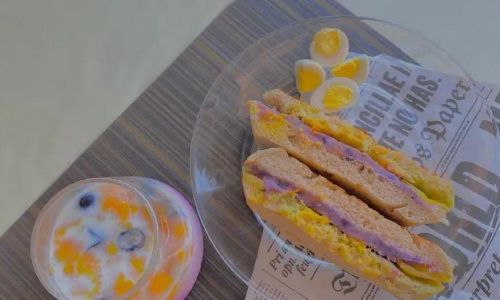
- Digital scale (for precise measurements).
- Saucepan (for heating liquids).
- Whisk (for blending ingredients).
- Syringe or dropper (to form spheres).
- Bowls (for solutions and cooling).
- Slotted spoon (to transfer boba).
- Cold water bath (to halt cooking).
Step-by-Step Process
Preparing the Flavor Core
Start by selecting your juice or syrup. Freshly squeezed juices yield vibrant flavors, but store-bought varieties work too. Avoid pulpy juices, as they can disrupt membrane formation.
- Sweetness Adjustment: Add sugar to taste. For a 200ml batch, 2–4 tablespoons of sugar balance acidity and aid in membrane stability.
- Heating: Gently warm the juice in a saucepan (do not boil) to dissolve the sugar completely.
Incorporating Sodium Alginate
Sodium alginate is the key to membrane formation. However, it can clump if added directly to liquid.
- Blending Method: Mix 1–2 grams of sodium alginate with 20ml of cold water to create a slurry. Gradually pour this into the warm juice while whisking vigorously.
- Straining: Pass the mixture through a fine sieve to remove lumps.
Creating the Calcium Bath
The calcium solution hardens the sodium alginate into a gel.
- Dissolving Calcium: Add 5–10 grams of calcium lactate or calcium chloride to 500ml of cold water. Stir until fully dissolved.
- Temperature Control: Use cold water to prevent premature gelling.
Forming the Spheres
This step requires patience and precision.
- Dropping Technique: Fill a syringe or dropper with the juice-alginate mixture. Hold it 1–2 inches above the calcium bath and release droplets in a steady stream. Avoid overcrowding the bath.
- Timing: Allow spheres to sit in the calcium bath for 3–5 minutes. Longer times result in thicker membranes.
Rinsing and Storing
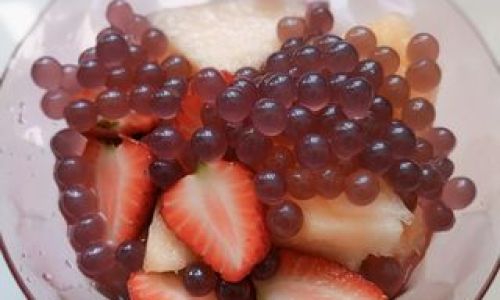
- Cold Water Rinse: Gently transfer the spheres to a cold water bath using a slotted spoon. This halts the gelling process and removes excess calcium.
- Storage: Homemade popping boba lasts 3–5 days in the refrigerator when submerged in a simple syrup (1:1 sugar-to-water ratio) to prevent drying.
Troubleshooting Common Issues
Irregular Shapes or Tails
- Cause: Droplets were too large or fell too quickly.
- Solution: Use a smaller syringe tip or adjust the distance between the syringe and bath.
Membrane Too Thick or Thin
- Thick Membrane: Reduce calcium bath time or calcium concentration.
- Thin Membrane: Increase calcium exposure or sodium alginate ratio.
Bubbles Not Bursting
- Cause: Overcooking or excessive calcium.
- Solution: Shorten bath time and rinse thoroughly.
Cloudy Liquid Inside
- Cause: Incomplete membrane formation.
- Solution: Ensure proper sodium alginate dispersion and avoid agitating the spheres during rinsing.
Advanced Techniques and Flavor Variations
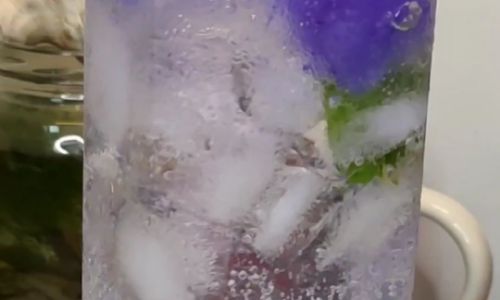
Layered Flavors
Create multi-flavored boba by dropping one juice mixture into a calcium bath, then briefly dipping the spheres into a second juice-alginate mix before a final calcium bath.
Alcohol-Infused Boba
Substitute 10–20% of the juice with liquor (e.g., vodka, rum). Note: Alcohol inhibits gelling, so increase sodium alginate by 0.5 grams.
Savory Boba
Experiment with tomato, balsamic, or spicy mango flavors for cocktails or appetizers. Adjust sugar content accordingly.
Textural Contrasts
Add tapioca starch to the juice mixture for a chewier interior, or freeze spheres for a slushy burst.
Serving Suggestions
- Beverages: Add to milk tea, lemonade, or iced coffee.
- Desserts: Top ice cream, panna cotta, or bubble waffles.
- Cocktails: Use as a garnish in martinis or mojitos.
- Frozen Treats: Mix into popsicles or yogurt parfaits.
Health and Dietary Adaptations
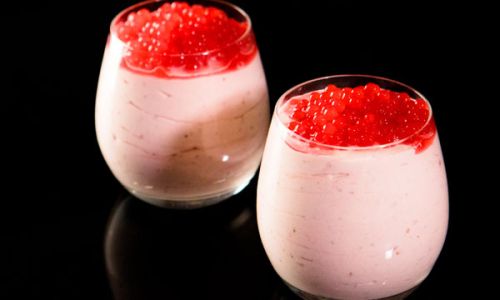
- Sugar-Free: Replace sugar with erythritol or stevia.
- Vegan: Ensure all ingredients are plant-based.
- Low-Calorie: Use juice with no added sugar and reduce sodium alginate.
Conclusion
Crafting homemade popping boba is a blend of art and science, requiring precision and creativity. By mastering the balance of ingredients, temperatures, and techniques, you can produce spheres that burst with flavor and elevate any dish. Experiment with exotic juices, unexpected flavor pairings, and textural twists to redefine culinary boundaries. Whether enjoyed in a refreshing drink or a decadent dessert, homemade popping boba invites a sensory explosion that delights the palate and impresses the eye. So, grab your syringe, embrace the chemistry, and let your culinary imagination run wild—one perfect sphere at a time.
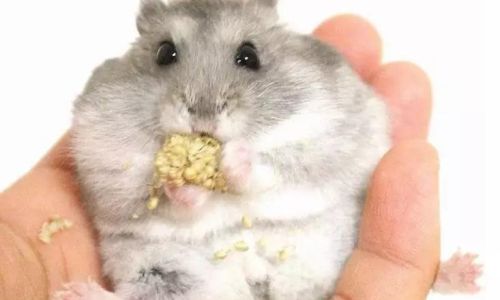
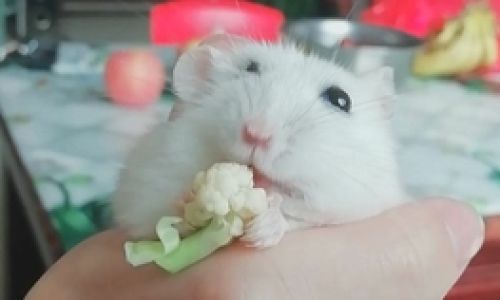

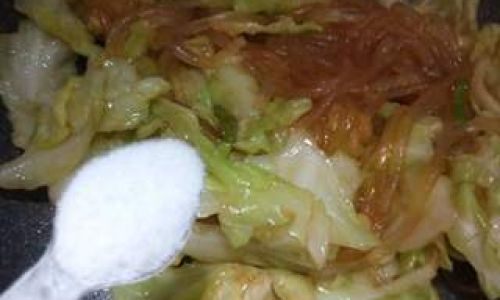
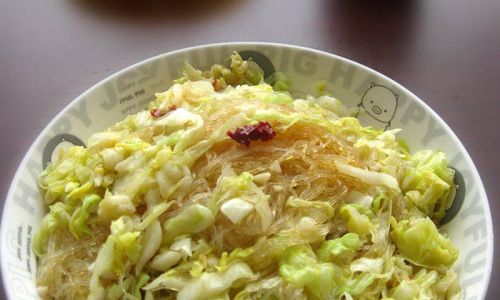
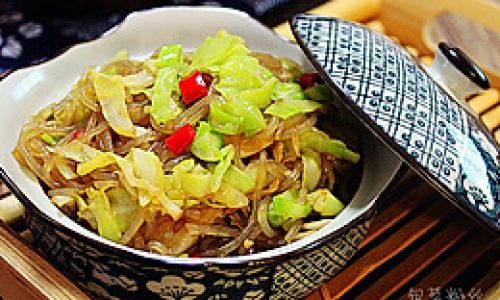
0 comments